#lotc
Explore tagged Tumblr posts
Text

leather officer
624 notes
·
View notes
Text

Made a quick mockup of a logo for my BotW Zelda in BG3 honor mode run, for funsies. Don't judge it too harshly, I made it entirely in MS Paint while bored at work.
#the zelda bg3 run thing#lotc#light of the coast#loz#zelda#botw#bg3#my art#??????? i'm never sure what to call ms paint edits#whatever. hands this to you
39 notes
·
View notes
Text

chara by gardenmouse
:D i love goblins
#oc art#artists on tumblr#digital art#fantasy#fantasy art#medieval fantasy#lotc#artfight 2025#artfight#commissions open#requests
5 notes
·
View notes
Text
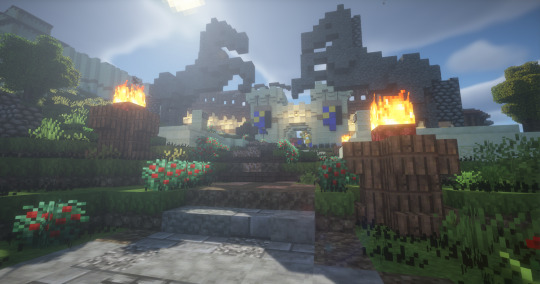

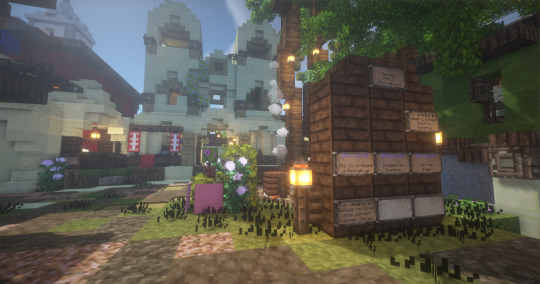

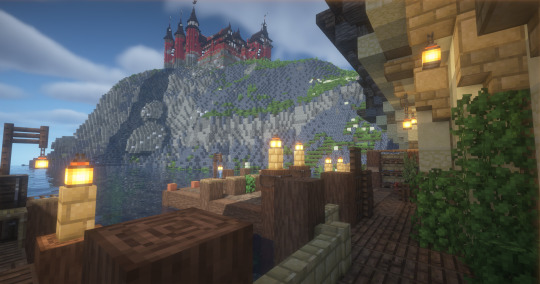

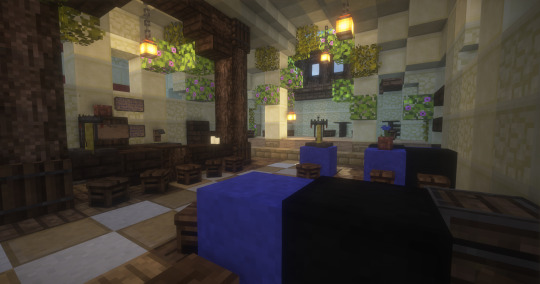


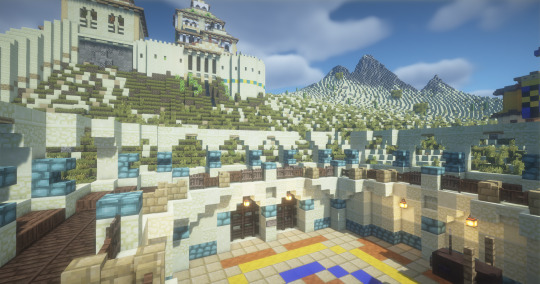
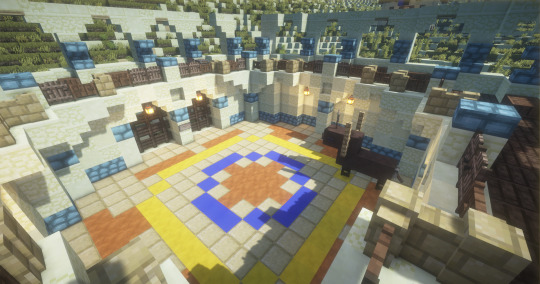
Hyspia is a quaint little town down in the desert. They're primarily a human settlement. I always enjoy the use of their colors. I might visit more now that the war's over and there's less of a chance to be bandited/killed.
Sorry about the grass showing up as black. I don't know how to fix it.
#mc#minecraft#minecraft server#minecraft screenshots#minecraft survival#lotc#mc screenshot#minecraft build
51 notes
·
View notes
Text
So i play on Lord of the Craft because I think it’s fun right.
And it is! But I got this little guy… this little character…….
I decided to map out some of his scars as he’s officially 35, and I started playing him when he was 16. And oh boy.
My poor little guy.


Apologies for this being on paper it was a sketch at first and I just went with it.
#lotc#lord of the craft#minecraft#fantasy oc#character art#commisions open#sketch#dnd#dnd character#dnd charcter art#human characters
3 notes
·
View notes
Text
it’s so weird to be starting a comic after this long… advice is always wanted but! here’s the first panel in the works

#artwork#sketch#drawing#artists on tumblr#digital painting#digital illustration#painting#oc art#digital art#animation#comic art#lotc#lord of the craft#mcrp#mcyt fanart
10 notes
·
View notes
Text
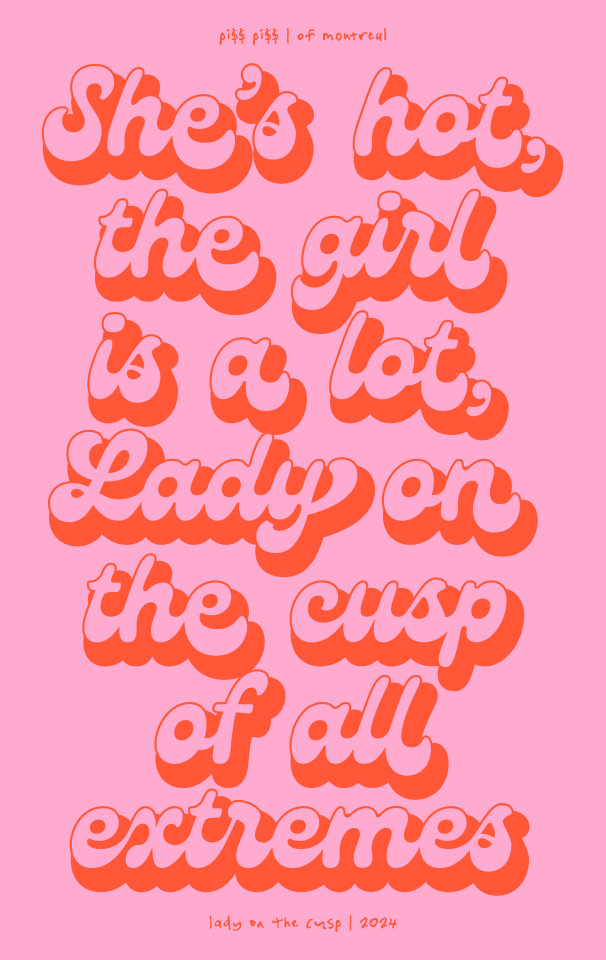
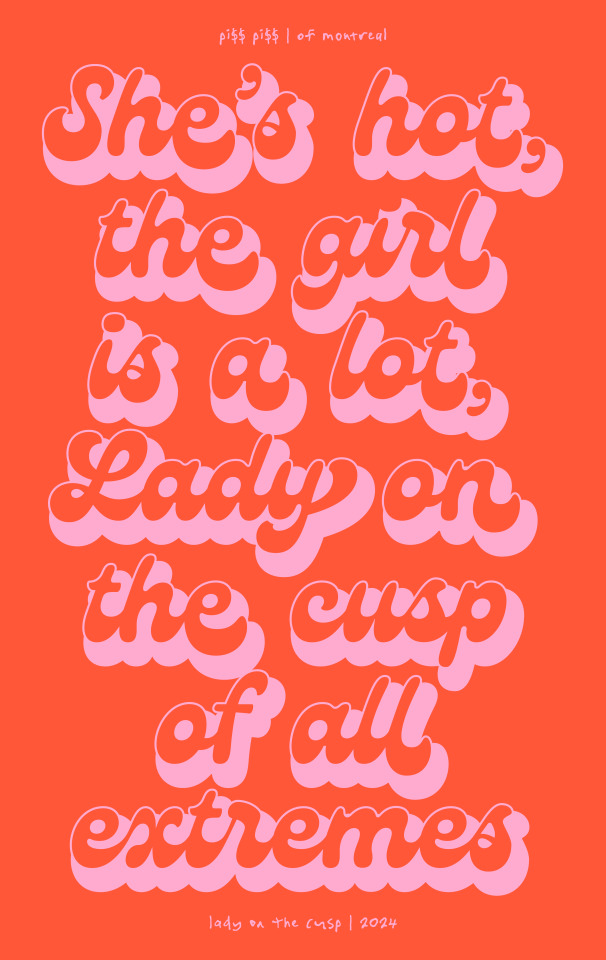
She's hot, the girl is a lot.
16 notes
·
View notes
Text



magpie, everybody's favorite local 6 foot tall dog-faced man. originally an LOTC homunculus, now a DnD reborn artificer.
3 notes
·
View notes
Text
I now have a new and updated proper banner!!! Featuring 3 sets of Smoon!
Sunny and Moony (JDCAU) Bunny and Moo (J-TOL) Sunlight and Midnight (LOTC)
I wanted to try to include my other Smoons butttt...didn't want it looking cramped (and their designs are less...solid so far) (And I'd looked up Tumblr banner size...IT WAS WRONGGGGGG My LOTC beans are cut off....poor beans I still know they are thereeee)
Close ups under the cut.
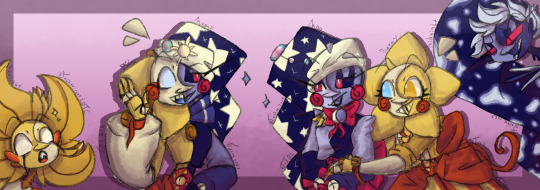
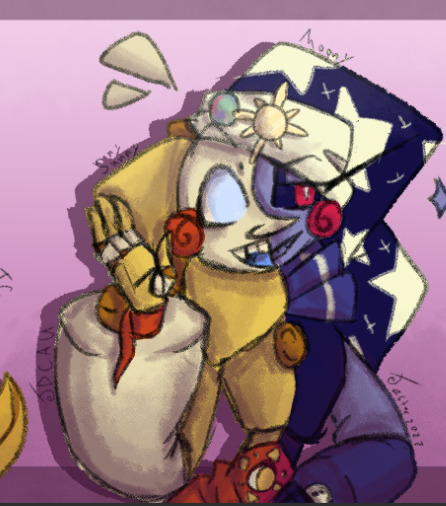

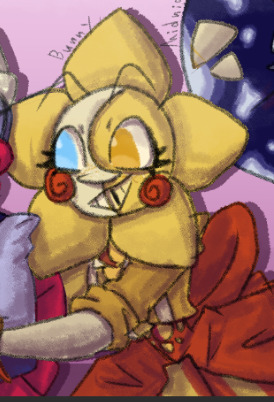
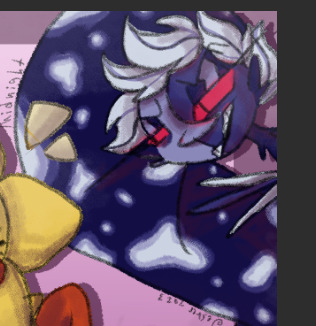

13 notes
·
View notes
Text
I have a question for y'all...
Do yall still remember LOTC
Im sorry for not updating it in a while😭😭
#the amazing digital circus#tadc fandom#sorry im insecure#i will update#i promise#hopefully#I don't break that promise#sorry i am cringe#proto rambles#also its my second birthday#yes i have two#me and my twin share this birthday#happy birthday angel#Life Outside the Circus!!#LOTC
4 notes
·
View notes
Text
Eso's Guide to Minecraft Fashion I
Women in the 1300's
[Originally posted to the LOTC forums HERE. Ported to my blog for record-keeping. All digital art and skins used in this post are my own.]

youtube
Before we begin
Why am I writing this?
Many LOTCers take inspiration from from real-world historical aesthetics, but I’ve heard many people express a general lack of knowledge about historical fashion in particular. I generally believe that having more knowledge about a topic can help you do better roleplay inspired by that topic, so I figured I might as well share what I know! That said,
LOTC is a fantasy server first and foremost, and I am absolutely not advocating for absolute historical roleplay, or for bashing on people who choose to create more fantastical skins. I do, however, think generally it’s best to know the rules before we break them, and I think understanding how garments are layered, and how they fit the body, will be useful to everyone.
Skin availability?
Every skin I make for this and future installments of this project will be FTU. I will post the final outfits on my PMC, which I will link at the bottom of this post. The elements and underthings will be included in the description of the skin post.
Notes?
I. This project will contain drawings of semi-undressed female figures, alongside detailed descriptions of the way various garments affect the female body. It is not intended to be at all salacious, and I will only provide detail where I think it may actually be helpful. That said, if anyone finds anything I’ve included here to be inappropriate, I will happily censor whatever needs censoring.
II. Everything in these posts will focus on Western European fashions. This is my own area of expertise, and the area I find most interesting. If people want me to cover other locations, please let me know, and I’ll try my best to do so!
III. I have chosen to leave out the Houppelande from this post, as I’ll be talking about it in the 1400’s edition. While this garment was worn in the 1300’s, it was only near the very end of the century, and it’s one of the hallmarks of the 1400’s. Hope you understand!
Finding an accurate reference?
Artwork from the 1300's is characterized by flat colors, black linework, simple anatomy, and a general lack of perspective. There aren’t many surviving paintings from this period that I could find - instead, most of what we have are illuminations and illustrations from manuscripts. Look for those trademarks when trying to identify artworks from this period. The 1300's are also the last period in which religious art features “modern” clothing - generally after this, religious art features clothing from the 1300's or earlier.
While in theory I recommend using only actual historical artwork as reference for skins, I and many other skinners also like to use Victorian artwork from the Pre-Raphaelite movement as inspiration. This artwork is not reliably accurate in terms of style, colors, or garments, but it contains much more information than Medieval art. Choose wisely! I also highly recommend taking inspiration from the garments of historical reenactors, especially when looking at how garments fit, and how people accessorize different outfits. Please avoid using AI-generated images as references.
I recommend avoiding vague search terms such as “Medieval dress” or “Renaissance outfit,” as these generally bring up less specific references, or more fictionalized artwork. Instead, if you’re looking for general inspiration, I recommend searching for “14th century artwork” or “1300s fashion.” This post will also include an extensive list of the names of various garments if you’re looking for something more specific.
Helpful resources?
While I hope that what I write in this post will be enough that you don’t need more information, here are some of the sources I used! They contain lots of good reference pictures, descriptions of garments, and explanations of the functions of various things. FHT and Postej Stew are some of my favorites, and will be turning up again down the line. They’re especially good for finding references. The FHT articles for the 1300's are low on information, but as you progress through the timeline there’s a great deal more content available on each page. All of these sites will also include some helpful descriptions of the types of images they reference, which can help with searches. Codex Manesse is especially useful for image references, I highly recommend checking it out.
FHT 1 | FHT 2 | Medieval Shoes | Medieval Headwear | Codex Manesse Illustrations Epochs | Medieval York | Wikipedia | Postej Outfits | Postej Headwear
I have also linked a Pinterest board in Section V with all the inspiration I used for creating this post. I will continually update it. If you need references, look there.
I: The Basics
Chemise or Smock


This lovely lady is Model Mary, who will be showing off each garment in our 1300's ensemble. I’ve given her a curvier figure, to help demonstrate how garments will affect the shape of her body.
The first element of Mary’s outfit is the chemise or the smock, which is a basic under-dress, worn to keep the outer layers of clothing clean from body oils. Smocks are generally made of either linen or wool, and are form-fitting, but loose enough to pull over the head, without the need for buttons or lacing. The smock is usually anywhere from knee to ankle length, and is always unadorned. This garment is essentially underwear, and should never be seen by the public. They are usually white or undyed.
Hose & Poulaines


Under her smock are Mary’s hose and poulaines, which keep her legs warm and protect them from mud, rocks, and rain.
Hose are woolen socks, and are usually about knee-length for women. Since elastic isn’t going to be invented for another 500-ish years, the women of the 1300’s instead use garters to keep their hose from falling down. These are usually thin strips of cloth or ribbon tied just under the knee.
Poulaines are ankle-height, sewn from soft leather, and pointed at the toe - sometimes so pointed that they stick out over a foot, although those are only on the poulaines worn by the very fashionable, as they’re rather impractical. Even commoners, however, have a little bit of a point to their shoes. Shoes of the 1300’s are much more flexible than modern ones, and don’t have stiff soles. Instead, they fit more like a very sturdy sock, allowing the foot to more easily flex and move. Likely only the soles or toes of the poulaines would be visible when creating a skin, but those who wish to might want to try using Figura in order to create the pointy-toe effect.
Kirtle, Cote, or Cotte


The kirtle is the main dress worn over the top of the smock. It can be worn loose around the chest, but by the 1300’s, most women lace theirs either at the sides or at the front of the chest. This lacing provides the primary bust support in this period, and generally presses the chest flatter and upwards, smoothing out its shape. Kirtles are usually tight in the sleeves, which is achieved by buttoning up the arms, either to the elbow or all the way to the shoulder. Sleeves are at least wrist length, but might extend down over the hand if desired. Kirtles are usually solid-colored or patterned with simple, geometric patterns or floral brocades. Practical kirtles are made of wool or linen, and fancier ones can be made of silk or brocade.
Because of how the kirtle affects the bust shape, consider shading both above and below the chest, to highlight its “pressed flat” appearance. Generally, the kirtle’s neckline should never be lower than what I’ve done with Mary’s skins - dresses in the 1300’s are quite modest, and necklines are high and flat.
II: Overdresses
Overdresses are any type of dress worn over the basic kirtle. As cloth is extremely expensive in the 1300’s, overdresses are generally reserved for cold weather, or for the wealthy and fashionable. They can be made of any of the same materials as a kirtle, and are often brightly colored, patterned, and feature the most trimmings. These might be colorful necklines, trimmed skirts, contrasting pocket detailing, etc. Overdresses can be tight to the skin or loose and flowy depending on preference and age - generally, younger women wear tighter clothing, and older women wear looser clothing. Scholarship is conflicted on what to call the various types of overdress, but I’ve separated them into two general categories. Keep in mind that searches with these terms may turn up items that don’t fit the descriptions I’ve used here. That’s fine!
Surecote & Tippets


The surecote is an overdress much akin to an ordinary kirtle, although Mary’s here has shorter sleeves, and features extra tippet sleeves. Short sleeves are common on surecotes, although not required, and sleeve length can vary from shorter-than-a-t-shirt to about mid-wrist. Surecotes are laced or buttoned down the front, either to the waist or all the way to the hem of the garment, and may be either floor length or shin length, to show off the kirtle beneath.
The tippet sleeve is a detail unique to surecotes, and is a white oversleeve attached on above the elbow, with a long trailing panel. Tippets can vary in length, but can even reach down to the floor in extreme circumstances. They may also instead be made as part of the main surecote sleeve, not attached separately, in which case they will be made from the same fabric as the surecote.
Cotehardie & Pelice


The pelice is a sleeveless overdress worn attached to a yoke over the shoulders. These overdresses can vary in coverage and in tightness - Mary is wearing a cotehardie, which is a version of the pelice with large cutouts at the side, to show off the kirtle. This is a fashionable but scandalous version of the more conservative pelice, which generally only has gaps for the arms to fit through. Like the surecote, the pelice is a fashionable extra layer, and generally isn’t worn for any practical reason. The yoke around the top is often either gold or a contrasting color of fabric.
III: Headwear
Hairstyles
Most women of the 1300’s don’t cut their hair. Children tend to wear their hair loose, or in simple braids down their backs. Adult women almost always wear their hair up, and married women always cover it. (Though in Italy and other warm countries this is more of a guideline and less of a rule.) Women of the upper class do so for modesty, but it also serves a practical purpose for lower-class women who have to work. Covering the hair keeps it clean, and protects it from damage and the elements. As far as I’m aware, most hairstyles of the 1300’s don’t have particular names, but they all generally consist of symmetrical braids, pinned to the head to frame the face.
Crispinettes, Crespines, or Cauls


Cauls are a pair of circular metal cages, or soft nets, worn on either side of the head. The hair underneath is braided into two buns, and pinned into circles, giving a sort of “Princess Leia” look. This look is also seen on Padme in that one scene. The more fashionable cauls are often paired with a circlet, and decorated with pearls or precious gemstones. Many women also choose to wear a veil over their cauls, as an added layer of protection and modesty.
Barbet (or Barbette) & Fillet


A pair of accessories almost always worn together, and which are already fading out of fashion by the 1300’s. The barbet is a linen band that goes under the chin and over the top of the head, and the fillet is a matching linen band that goes around the front and back of the head, with the top left open to the air. Barbets can also be worn with cauls or crowns, although they are most often seen with fillets.
Hoods


Hoods are probably the most common hair covering, available in a wide variety of shapes, colors, and styles. They’re generally worn to protect the head from the winter cold, and are usually made from wool. Some cover only the head, some also cover the shoulders, and some feature the iconic Medieval point at the end, leading down into a tail over the back.
IV: Not Pictured Here
Wimples
Wimples are a more conservative style of veil, which covers both the top of the head and the neck and chin. These are generally only worn by women of the Church and matronly older ladies. Younger women may remove the lower half of the veil to show off a bit more skin.
Belts
Belts are generally an accessory of the common people, worn high on the natural waist. The low-slung hip-belts often seen in Medieval-inspired artwork date from more like the 1200’s, and would be outdated by the time the 1300’s roll around. Belts can be made of metal, leather, cloth, or rope, and are used either as fashion accessories or to hold up purses.
Pockets
Another option for holding things, pockets are occasionally sewn into dresses. Their openings are usually lined with contrasting fabric. Given the fashionable tight fit of a kirtle, they likely didn’t have much space, but it’s much better than nothing.
Clothing & Class
Contrary to popular belief, peasants in the Medieval era do NOT wear only brown unless they want to! Colorful dyes are affordable and readily available to almost everyone regardless of financial situation - richer hues are more expensive, but pastel or washed-out colors are available to anyone with a job. What is inaccessible for the poor is fabric, and therefore clothing. Many working women will have only a single kirtle, and only change their smocks from day-to-day.
Women of the working class will often unbutton their sleeves and fold them up at the elbow, keeping their sleeves clean and away from their work. Similarly, they usually wear a linen apron tied around the waist to keep their (likely only) kirtle clean from mess. Women who work outdoors will usually wear some sort of brimmed hat to keep the sun off their face. All working women keep their hair tied up, and usually covered, to keep it clean and out of the way.
V: Inspiration
If you’re in need of references, inspiration, or are just curious about what I was looking at while making this post, check out my Eso’s Guide Pinterest Board! I plan to add a new section for each installment of this series, and each section will only contain artwork from the period, and high-quality reenactment costumes.
The Model Mary 1300’s skin is available at my PMC here, and all the extra layers of her outfit are included in the page description. Thank you for reading!
#eso's guide#1300s#14th century#medieval#eso's art#eso's skins#digital art#minecraft skin#lotc#Youtube
4 notes
·
View notes
Text

two leathermen, with brick wall
566 notes
·
View notes
Text





some recent skins i've made for lotc!!
2 notes
·
View notes
Text

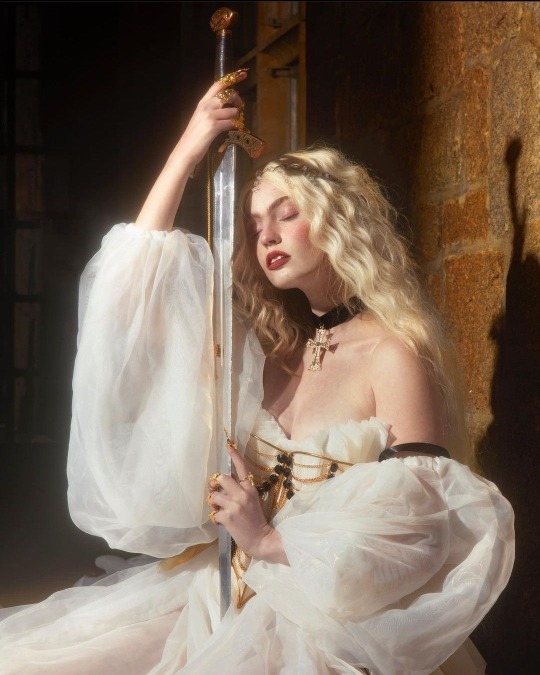
W.I.P of my oc, Siol’ullr- holding his dead lovers sword. Decided to use a reference this time, and wow, I’ll be studying anatomy again definitely, instead of going off the image in my mind yknow. Reference photo on the right!
#diverged a bit since my brain went hmmmm#decided to add his ex’s tree/grave/corpse to the background#lotc#lotc oc#dnd oc#dnd oc art#high elf#my art#oc: siol’ullr#current wip#art wip#my wips#wip#lord of the craft#lord of the craft persona#male elf#dnd#D&D
2 notes
·
View notes
Text
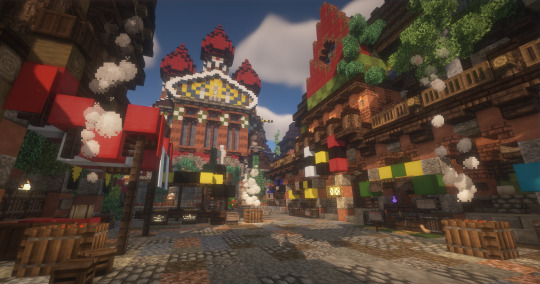
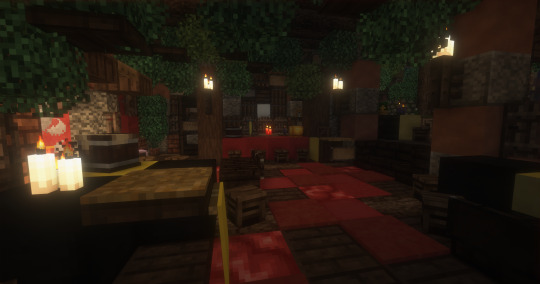

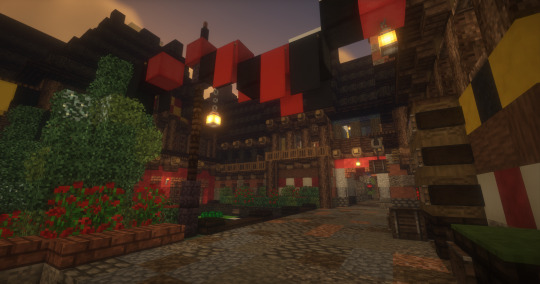
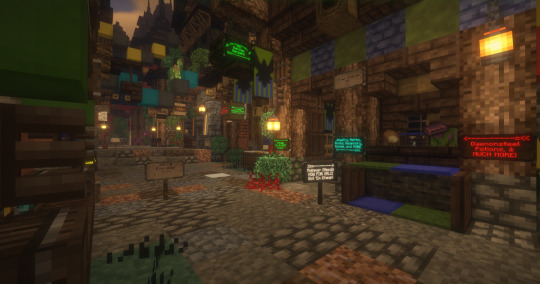
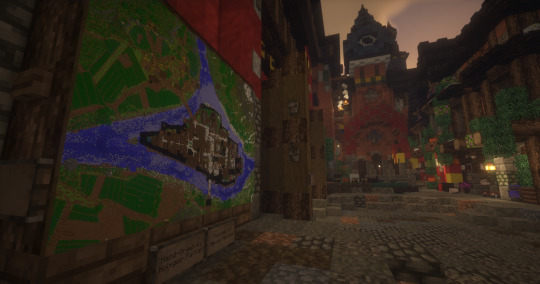
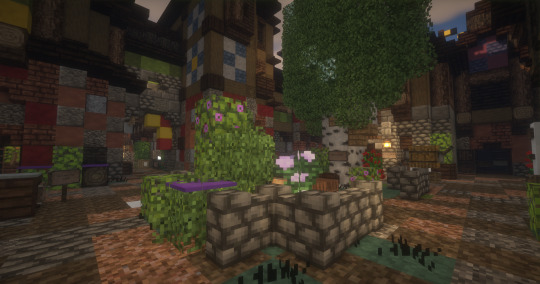

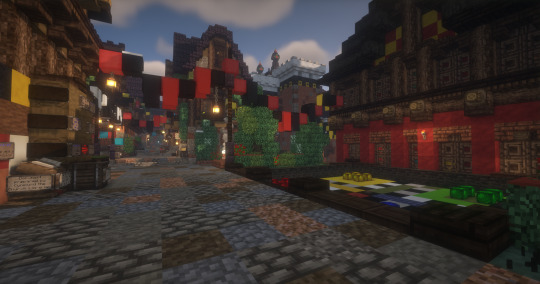
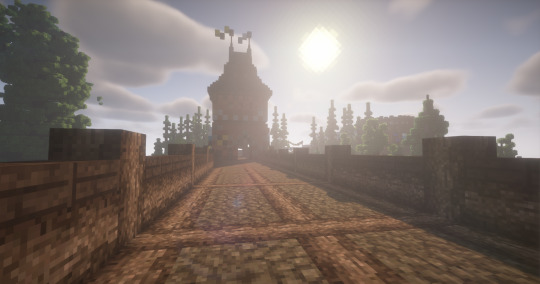
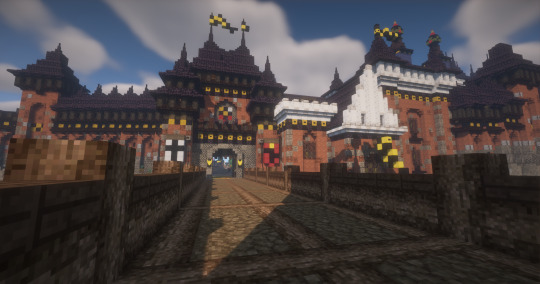
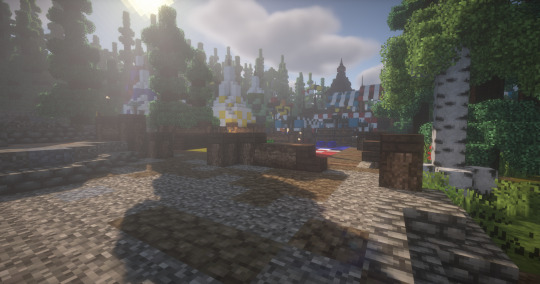
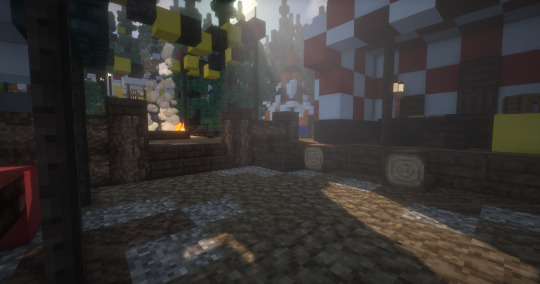
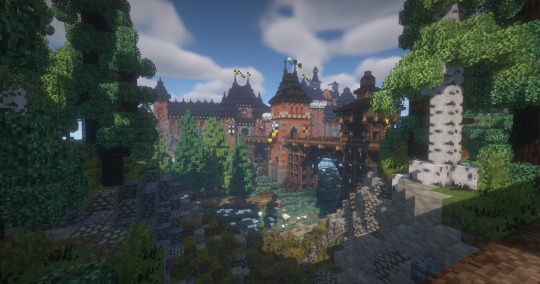
Haense is by far one of the biggest human settlements. I believe it's the most popular too, averaging a lot of players per day. I'm in it as I write this, taking to somebody! (written on 2/8/24 - it'll go live in a few days) It's a nice build. When I came to take pictures about three days ago initially the bridge was destroyed! Think a voidal horror destroyed it.. somebody got a picture of it somewhere. So, I had to wait till they rebuilt it to take my pictures.
#mc#minecraft screenshots#minecraft#minecraft server#minecraft survival#lotc#mc screenshot#minecraft build
36 notes
·
View notes
Text

Figured since I haven't posted in a while, I'll post a draft of my current commission.
It's going good so far :D
#digital art#digital sketch#art#in progress#art commissions#commission art#partners in crime#lotc character#lotc#lordofthecraft#lord of the craft
2 notes
·
View notes